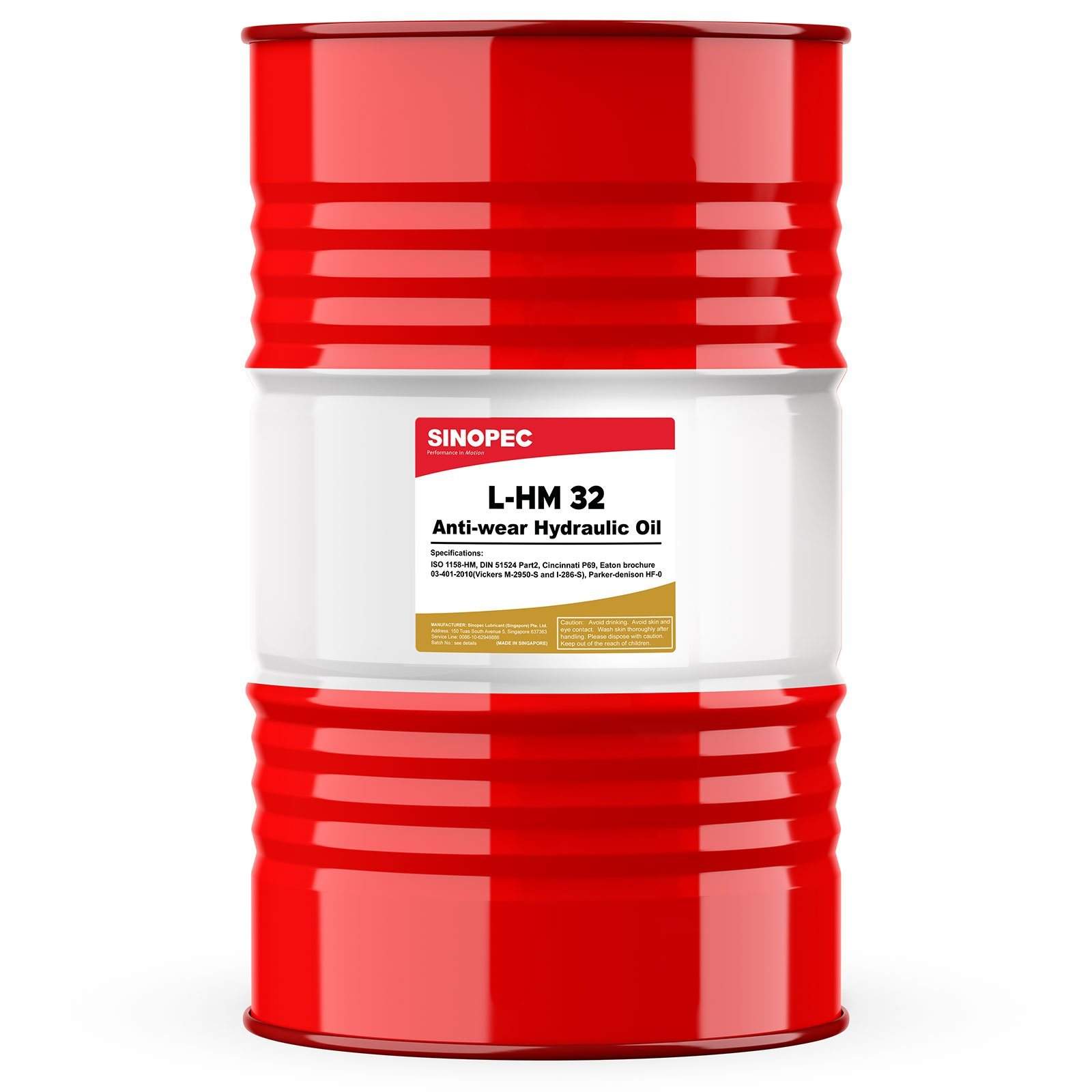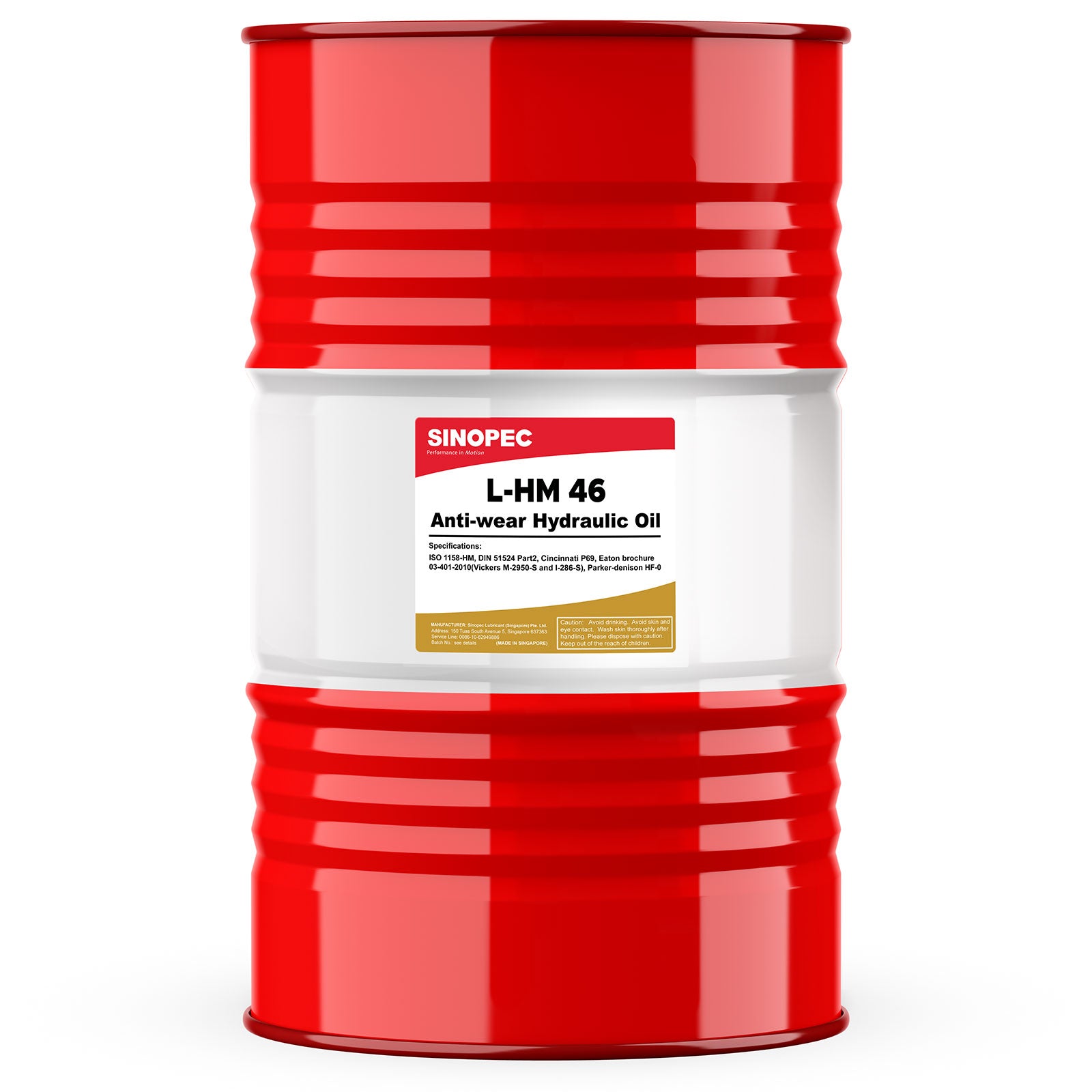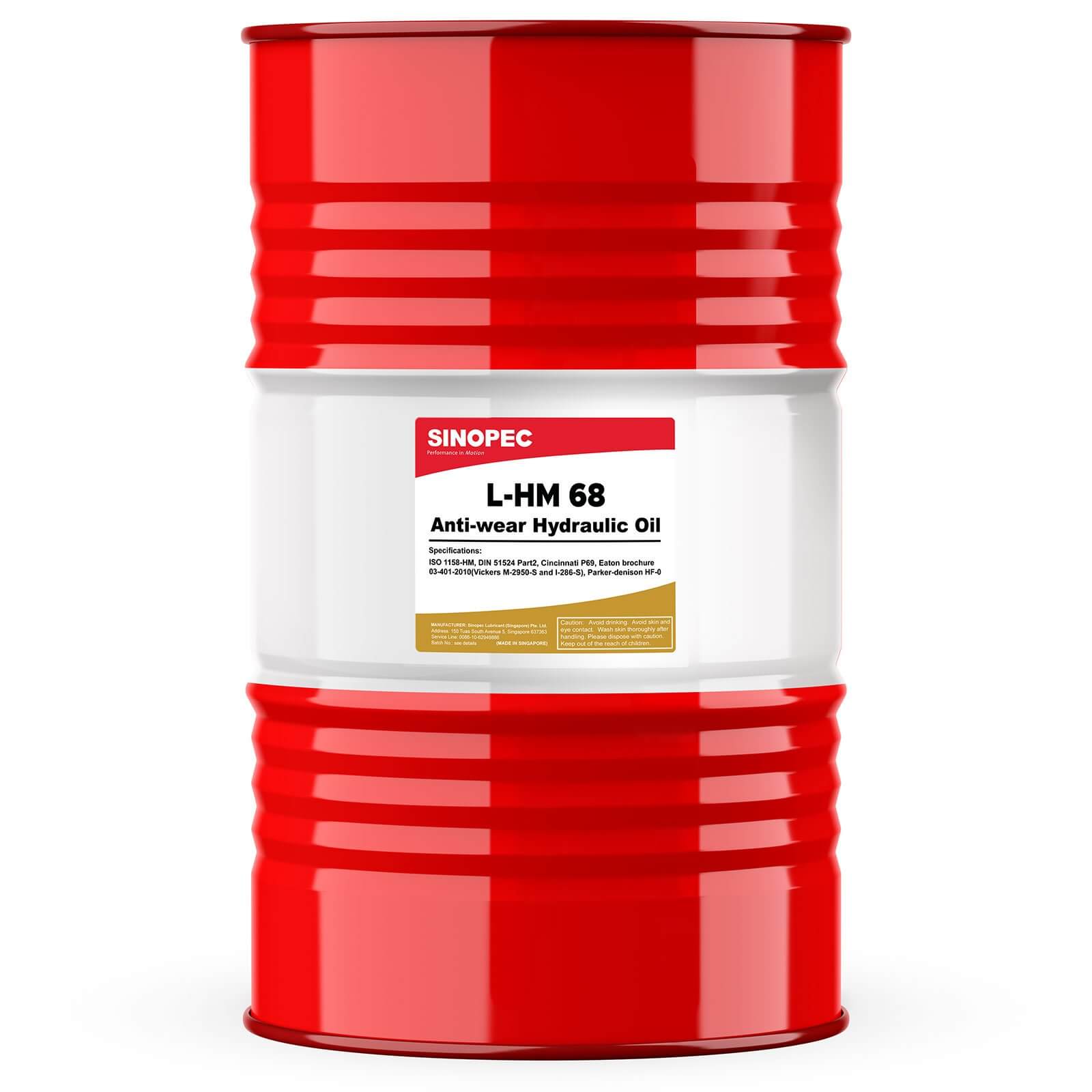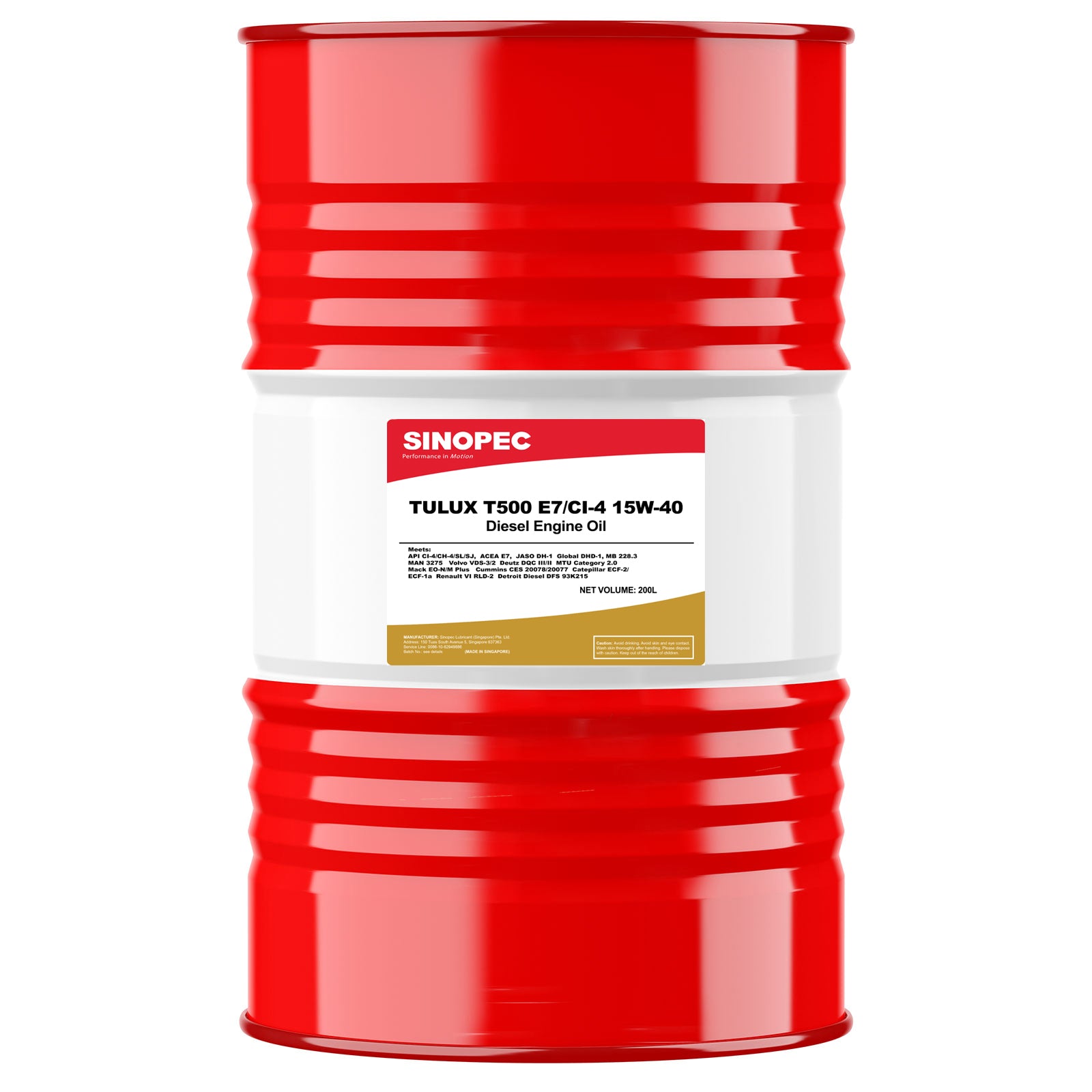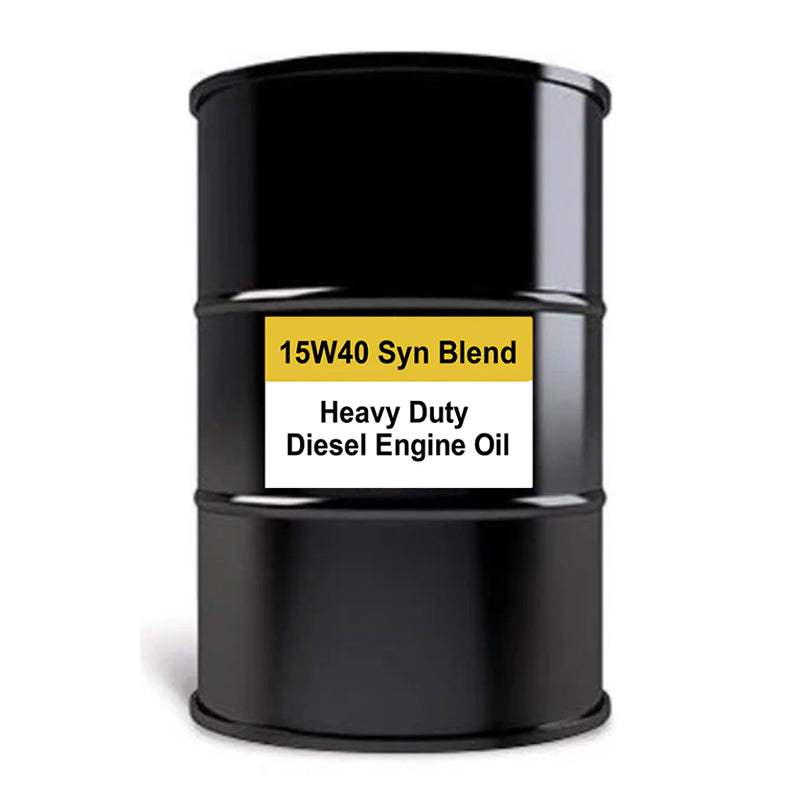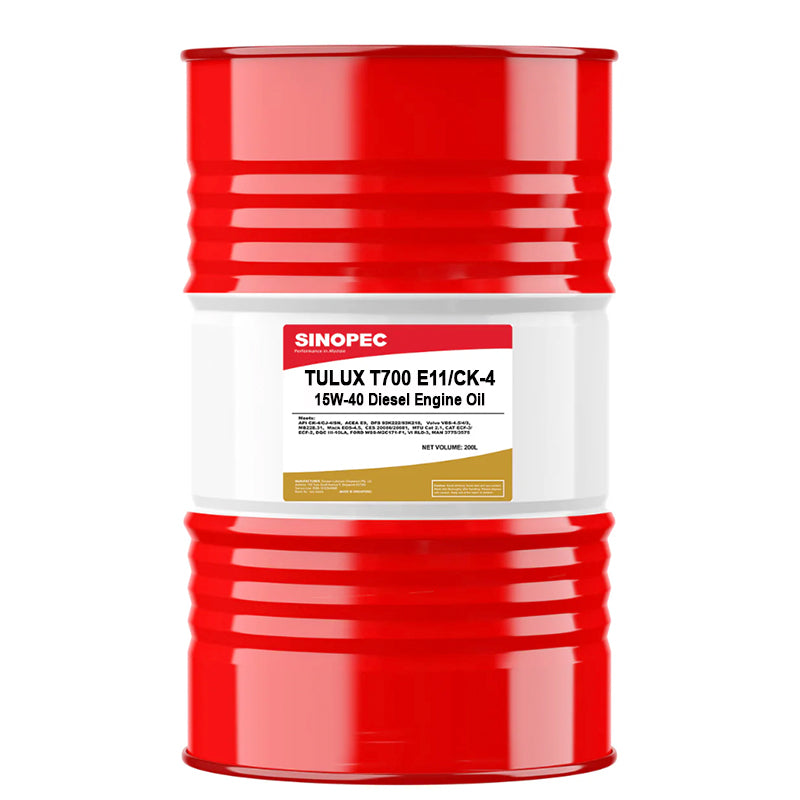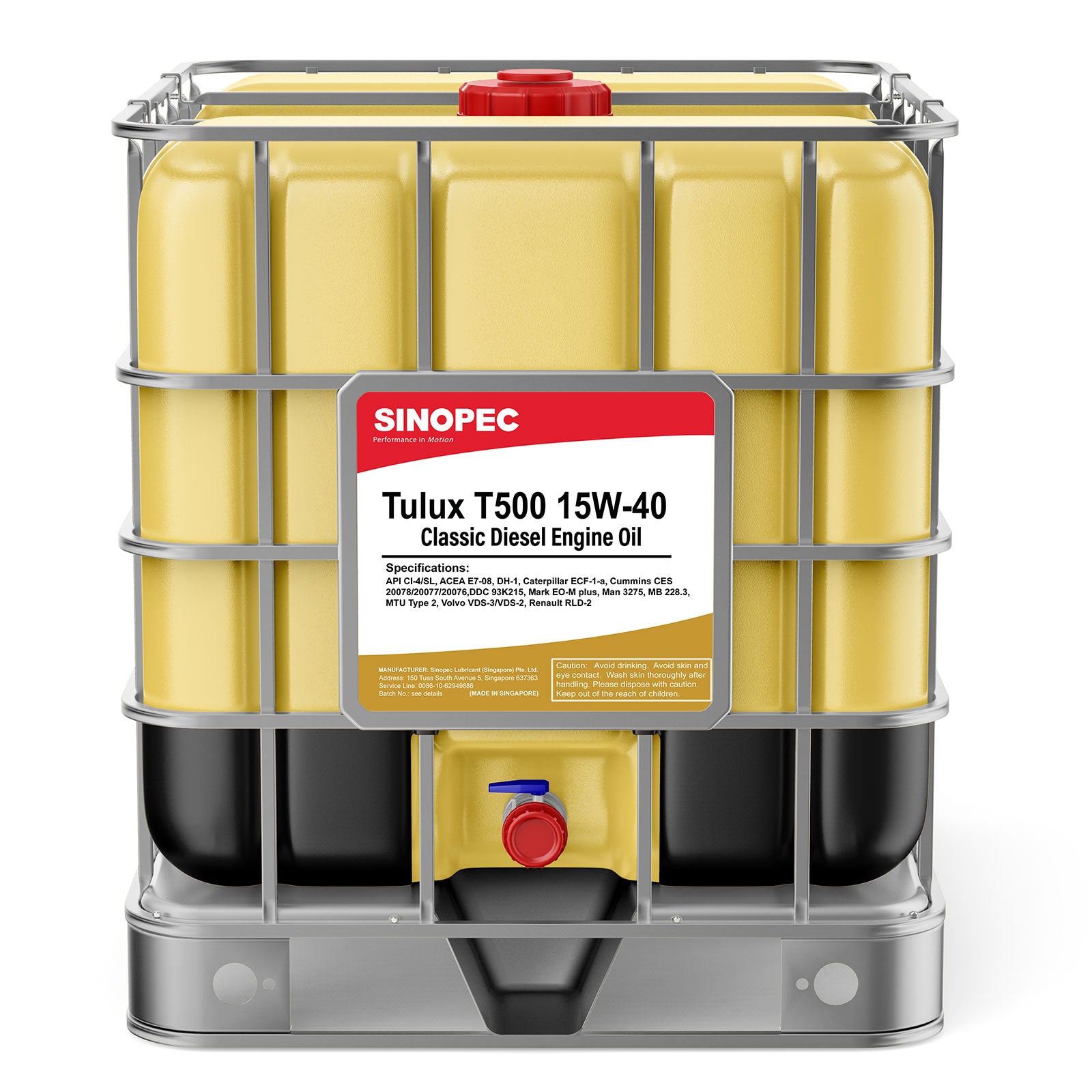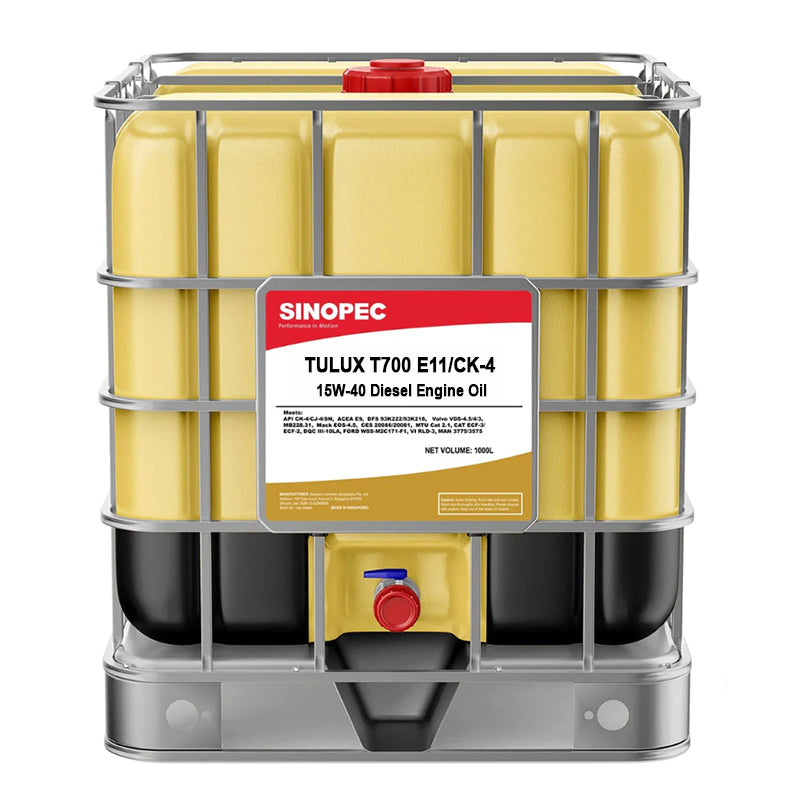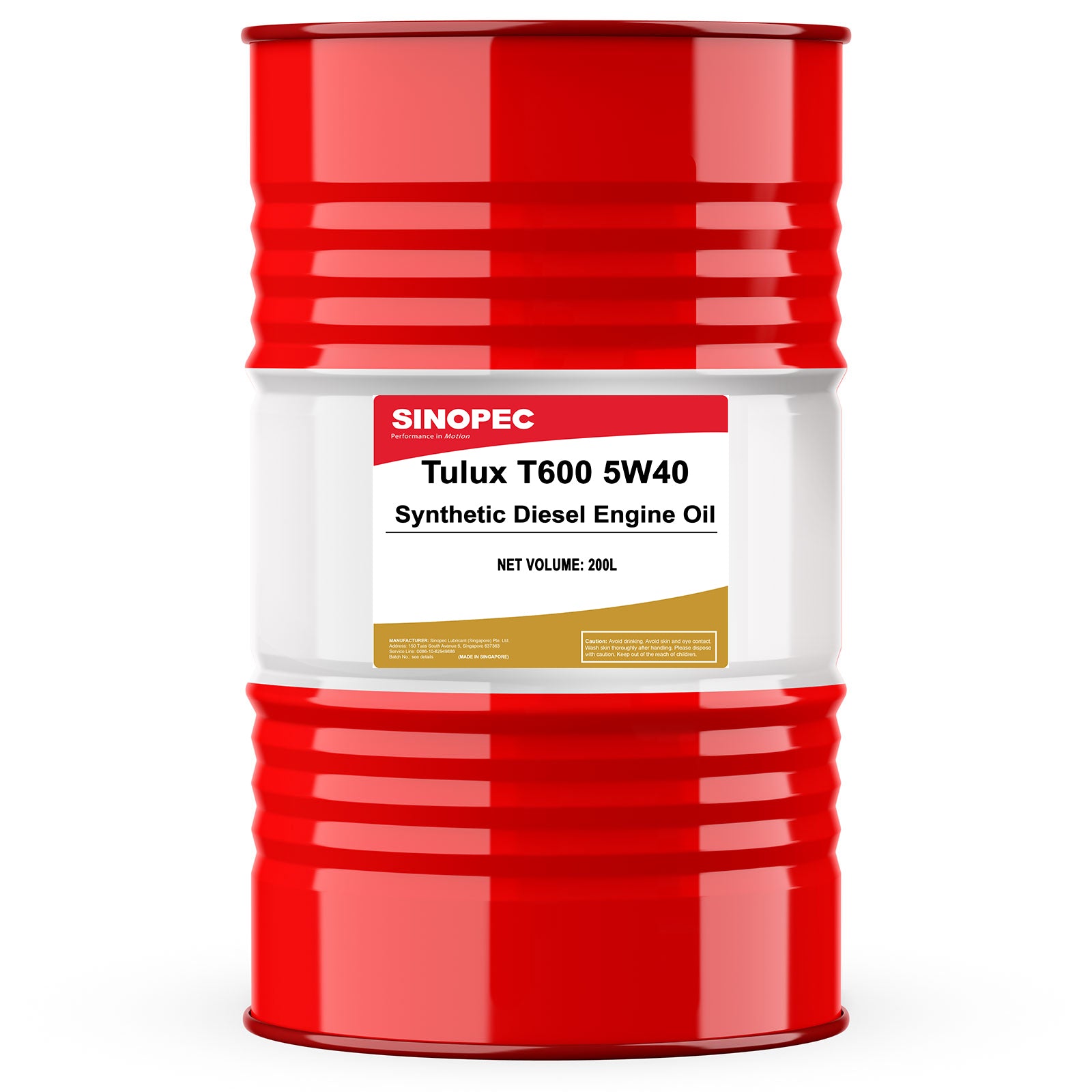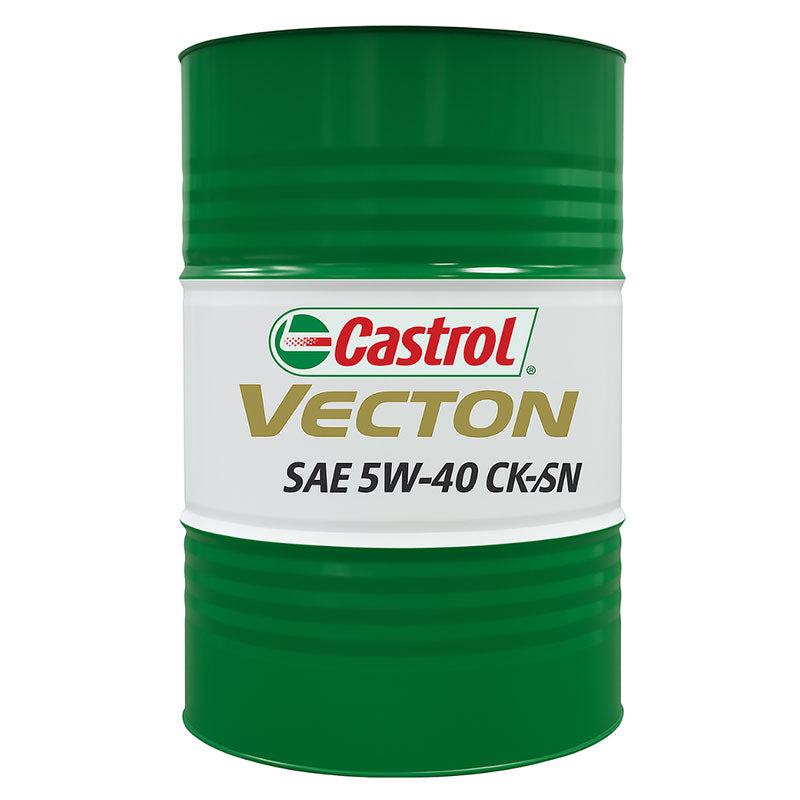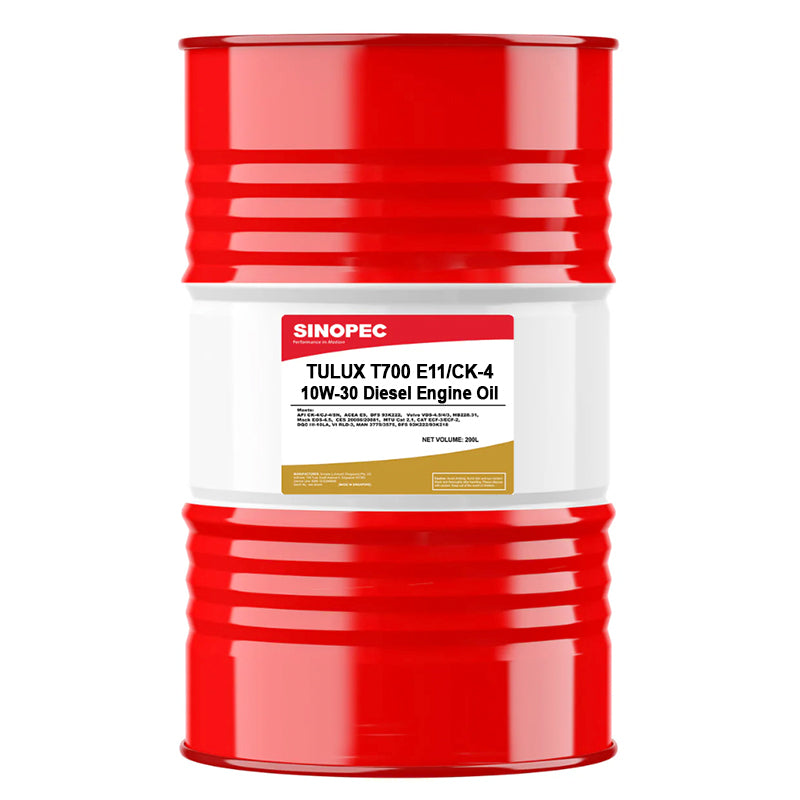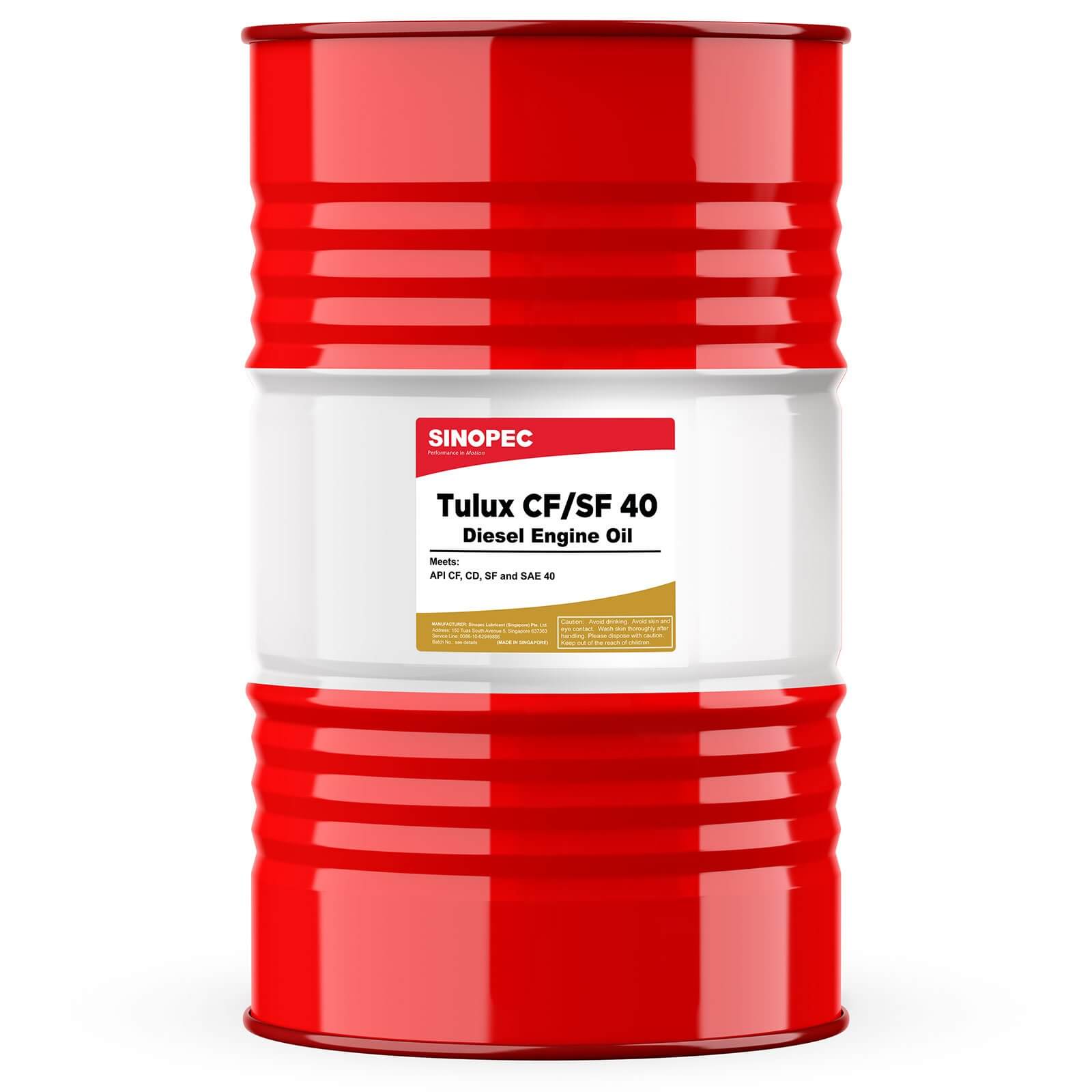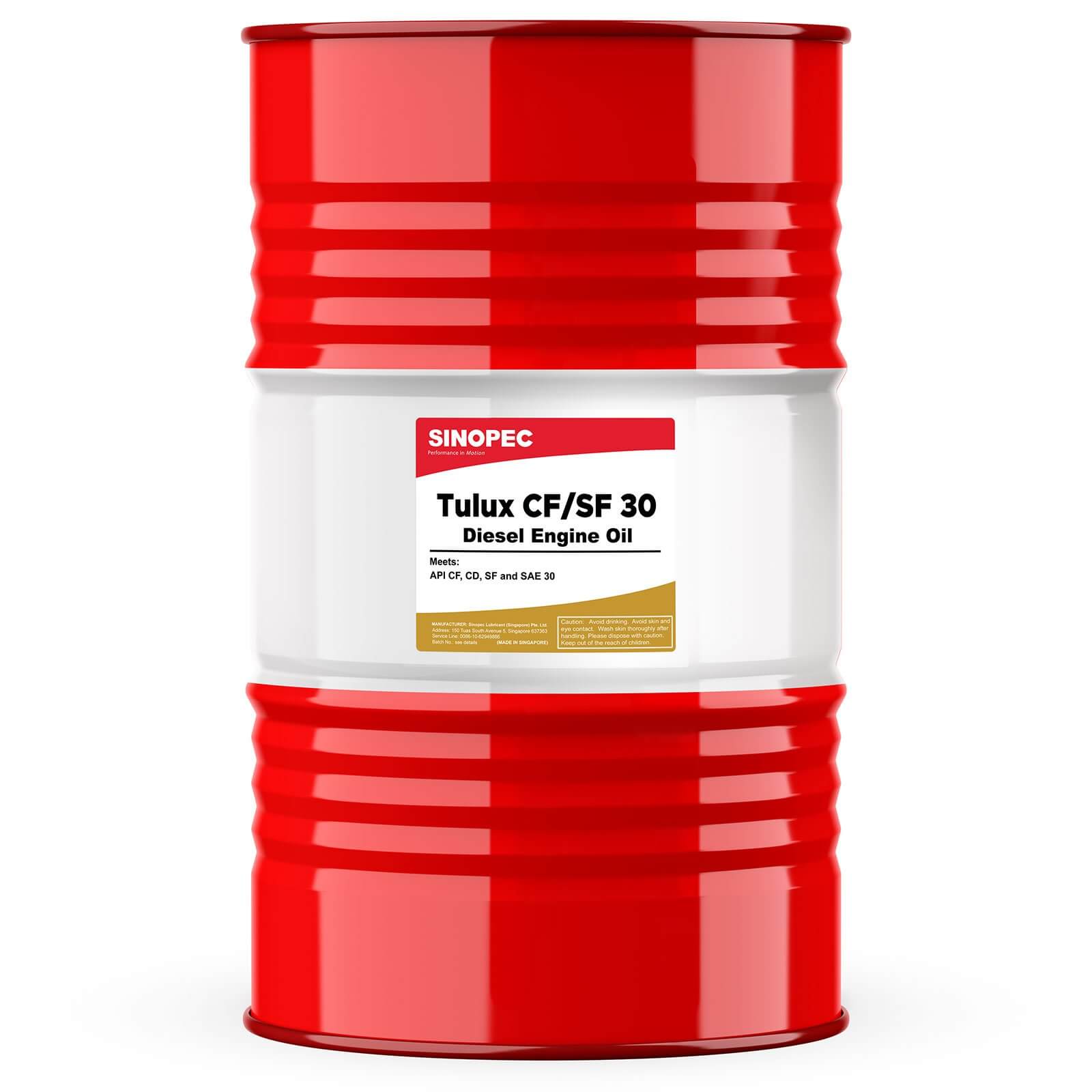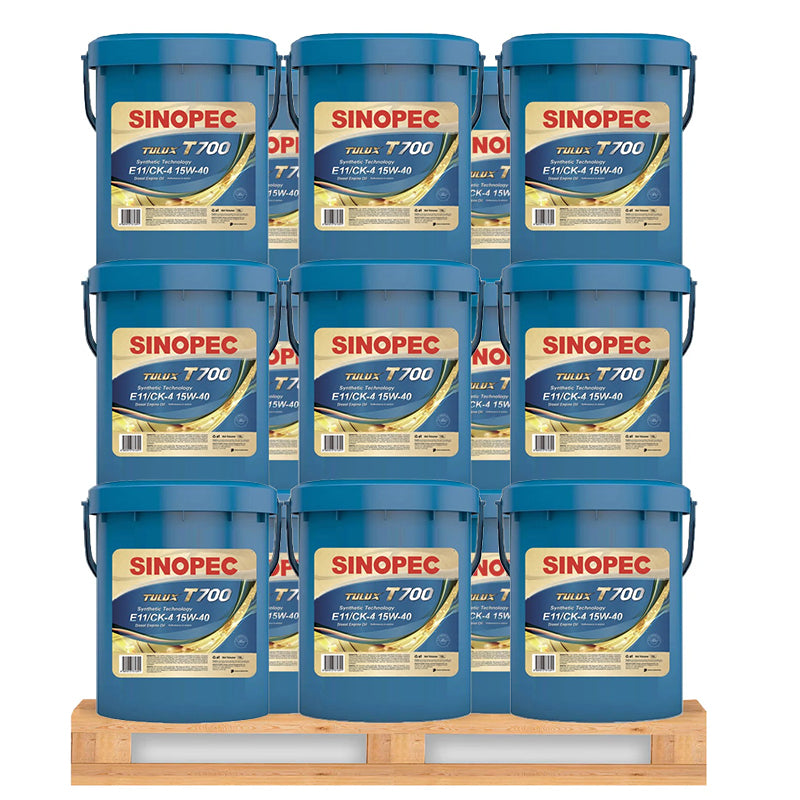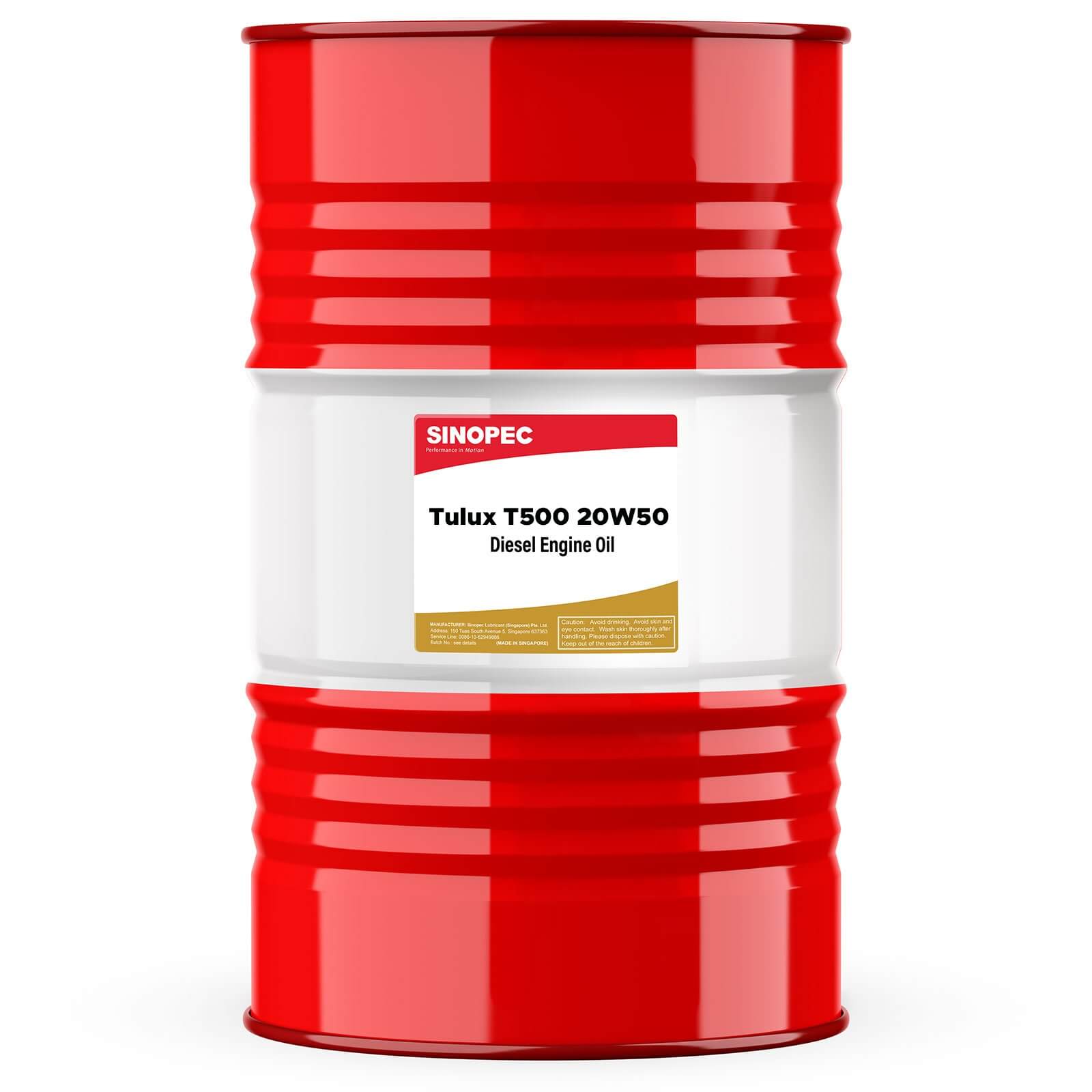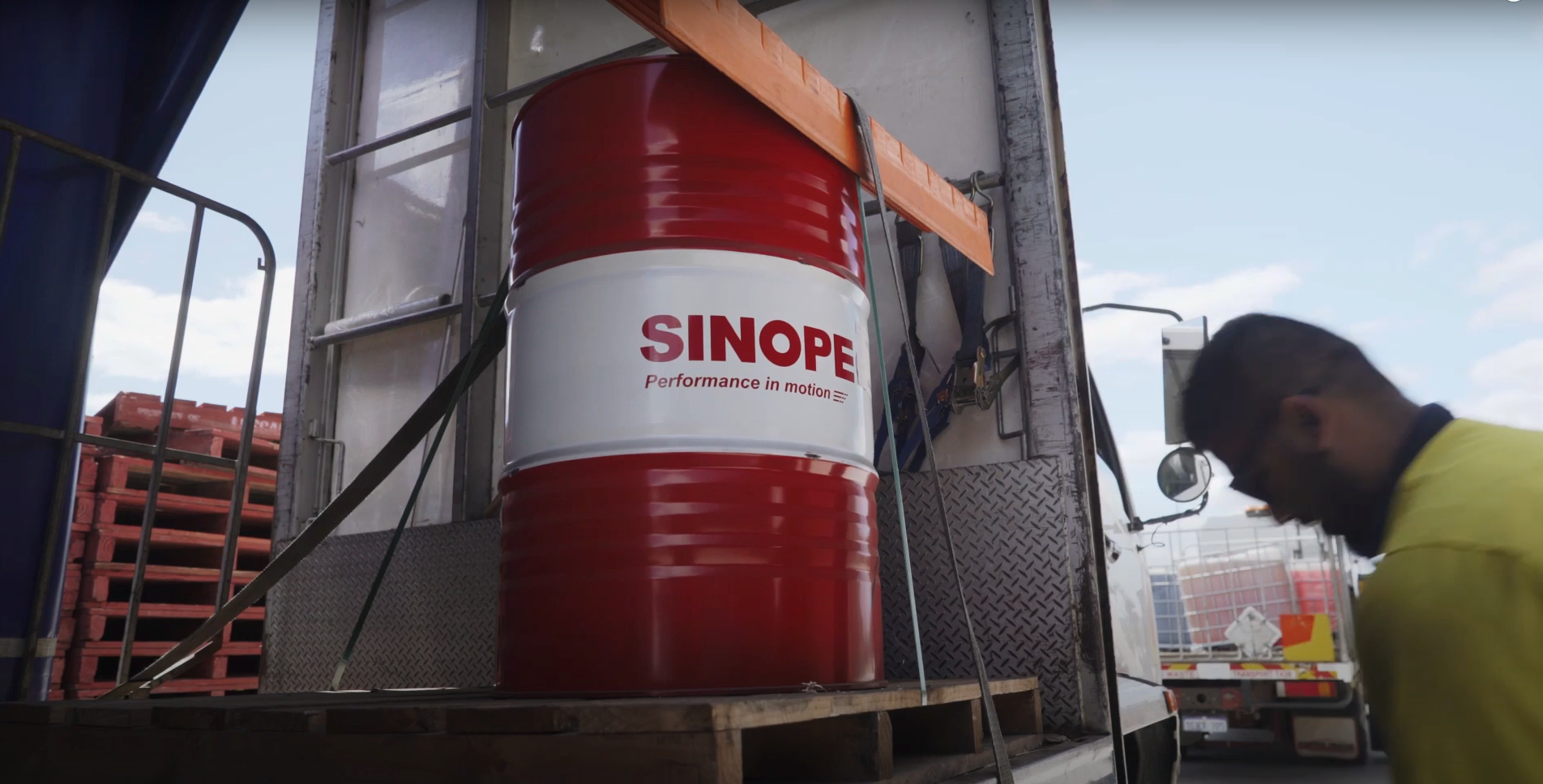Baler machines come in several forms, each producing a different type of bale, either cylindrical or rectangular, of various sizes, bound by twine, strapping, netting or wire. Some baler machines are stationary, while others can be towed behind a towing vehicle, like a tow truck or a tractor. The design of a baler machine can vary greatly depending on its intended application. Hay baler machines, for instance, feature tines to move the hay and hydraulic arms to compress it, but other machines may not have tines at all.
Baler machines are most often used for industrial recycling applications, but they can also be used in agricultural applications. They are commonly found in manufacturing plants that deal with large quantities of scrap paper, plastic, or metal and are used to compact these scraps into a more manageable bundle for transportation and disposal.
Baler machines come in a selection of several common models from which a customer may choose. Some of these balers include vertical, horizontal, two ram, auto tie, and manual tie balers. Vertical baler machines, as their name suggests, stand vertically, and the waste material is placed into a cavity in the front of the machine. Once all of the material is placed in the machine, it is compressed into a bale.
Vertical baler machines are typically more common for compressing paper, cardboard, and other packaging components. Horizontal balers are typically much larger and often utilize conveyors to feed waste material into one side of the machine. The compacted bales are then fed out of the opposite side of the machine. These baler machines can also be used for cardboard and paper products but also with more heavy duty materials like metals and plastics.
Horizontal and vertical balers are the two main groups of baler machines, while auto tie, manual tie and two ram balers are simply more specialized balers. An auto tie baler, for example, is a type of horizontal baler which is designed with automated equipment that allows it to tie up the bales as they exit the machine, ensuring that the compacted material stays in a uniform shape. Other baler machines can be further specialized based on their intended use.
In plastic recycling applications, some balers actually melt the plastic and allow it to solidify into a brick form for ease of transportation. Another industrial baler machine is the tire baling machine, which, true to its name, compresses rubber tires, using strong hydraulic arms. As illustrated, balers offer an impressive list of capabilities and can be utilized in an extensive range of industries. Whatever their intended application, customers are sure to find a baler machine that fits their purposes or may be customized to do so.
If you want to maximize efficiency and performance at your facility, keep the following baler maintenance “dos and don’ts” in mind:
- Inspection & Cleaning – Like most other machinery, balers operate better when they’re kept clean and free of dust/debris. Set up a regular schedule for cleaning, inspections and, preventive maintenance. Also lay out a set of daily, weekly, monthly and annual inspection guidelines for operators and maintenance personnel to follow.
- Preventive Maintenance – Routine preventive and anticipated maintenance can help you find and correct minor problems before they cause a major breakdown. These activities can also help your equipment last longer, in addition to improving the efficiency, performance and, output of your baler.
- Well-Planned Schedule – A properly planned schedule allows you to reduce the disruption caused by major maintenance activities (such as relining the baler). You can do this by picking a “slow” production period, and planning operation processes around fixed daily/weekly/monthly/annual maintenance schedules.
- Operator Safety – It’s crucial to keep the safety of your personnel foremost when you’re performing maintenance activities. Not only does this mean taking sufficient measures to ensure they are safe during inspection/cleaning/repair, but also scheduling these frequently enough to prevent safety-related issues during regular operation.
- Personnel Training – The employees operating your baler should be properly trained on usage, maintenance as well as safety, even if your facility uses automated equipment. The operator needs to be accountable for daily inspections, cleaning and monitoring, since poor operation, performance and lifespan.
- Critical Spare Parts – Baler parts can take time to find and purchase, so don’t wait for a breakdown before buying them. Ask your supplier or the manufacturer for a list of critical parts, and maintain an updated inventory at all times. This helps to minimize downtime for repairs, as well as any losses you may sustain as a result!
- Component Lifespans – Just like critical spare parts, the repair/replacement time for a major component could cut into your profits. Don’t let it catch you off guard. Research the expected life of hydraulic and electrical components, cylinders, etc. as well as common issues, and maintain a list of local suppliers with ready stock for these.
- Wire Tier Spare Parts – You should also maintain an inventory of parts that wear down most often and/or have longer lead times for replacement/repair, like those for the wire tier. understand which wire tier parts they keep in stock, the lead time for them, and if they are made by other manufacturers.
- Hydraulic System – The hydraulic system for the baler operates under conditions of high pressure and temperature, so you need to check its operation regularly. Analyze the hydraulic fluid, maintain an oil analysis program, keep the operating environment clean and cool, and monitor bale density/weight often to ensure they are correct.
https://youtu.be/gcLC8dWyWPk
Hydraulic Fluid for Compactors, 5 Gallon Pail, All Series
Developed for heavy duty marine hydraulic systems in the harshest environments (think “Deadliest Catch”). Sinopec L-HM oils are premium quality, solvent refined, high viscosity index mineral oil based fluids generally acknowledged to be the 'standard-setter' in the field of industrial hydraulic and fluid power lubrication.
Performance Features and Benefits
Thermal stability- Thermally stable in modern hydraulic systems working in extreme conditions of load and temperature. Sinopec Oils are highly resistant to degradation and sludge formation therefore improving system reliability and cleanliness.
Oxidation resistant- Resist oxidation in the presence of air, water and copper. Turbine Oil Stability Test (TOST) results show outstanding performance for Sinopec Oils; low acidity, low sludge formation, low copper loss; therefore extending oil drain interval life and minimizing maintenance costs.
Hydrolytic stability- Sinopec Oils have good chemical stability in the presence of moisture, which ensures long oil life and reduces the risk of corrosion and rusting.
Outstanding anti-wear performance- Proven anti-wear additives are incorporated to be effective throughout the range of operating conditions, including low and severe duty high load conditions. Outstanding performance in a range of piston and vane pump tests; including the tough Denison T6C (dry and wet versions) and the demanding Vickers 35VQ25. Sinopec Oils help system components last longer.
Superior filterability- Sinopec Oils are suitable for ultra-fine filtration, an essential requirement in today's hydraulic systems. Unaffected by the usual products of contamination, such as water and calcium, which are known to cause blockage of fine filters. Customers can use finer filters, therefore achieving all the benefits of having in use cleaner fluids.
Low friction- Sinopec Oils possess high lubrication properties and excellent low friction characteristics in hydraulic systems operating at low or high speed. Prevents stick-slip problems in critical applications enabling very fine control of machinery.
Excellent air release and anti-foam properties- Careful use of additives to ensure quick air release without excessive foaming. Quick air release helps minimize cavitation and slow oxidation, maintaining system and fluid performance.
Good water separation- Good water separation properties (demulsibility). Resists the formation of water-in-oil emulsions and prevents consequent hydraulic system and pump damage.
All round versatility- Sinopec Oils are suitable for a wide range of other industrial applications. Sinopec Oils are compatible with most pumps. However, please consult your Shell Representative before using in pumps containing silver plated components. Sinopec Oils are compatible with all seal materials and paints normally specified for use with mineral oils.
Approvals:
Sinopec Oils have the following approvals: CINCINNATI P-68 (ISO 32), CINCINNATI P-70 (ISO 46), CINCINNATI P-69 (ISO 68), DENISON HF-0, DENISON HF-1, DENISON HF-2, Eaton (Vickers) M-2950 S, Eaton (Vickers) I-286 S
Sinopec Oils meet the requirements of: DIN 51524 PART 2, ISO 11158, AFNOR NF-E 48-603, Mannesman Rexroth RE 90 220-1, Swedish Standard SS 15 54 34 AM

